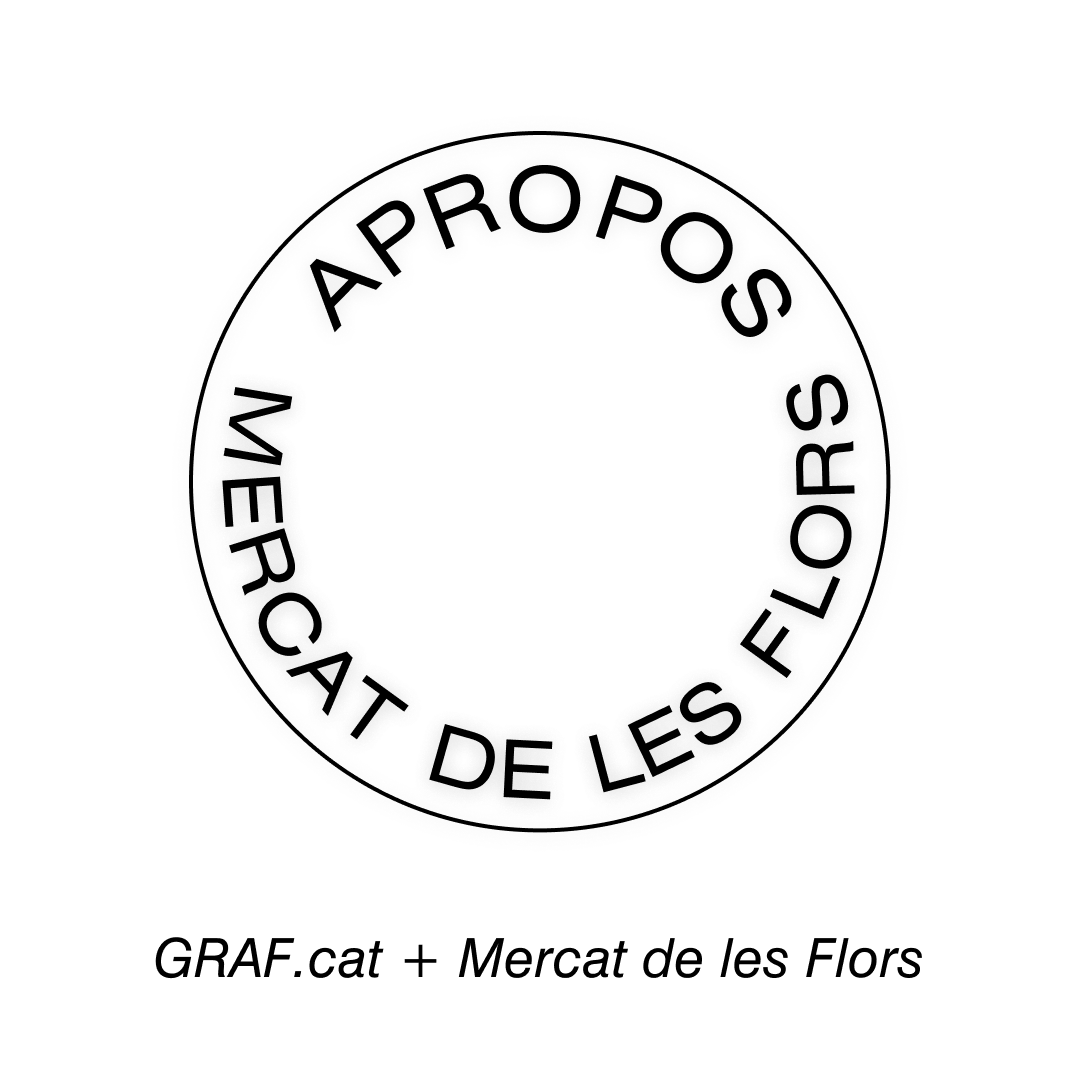The peripheries are so as long as they legitimize a center. In the city there are many peripheries, some urban, which are the easiest to see. Barcelona always flees from the peripheries. Everything beyond the Cerdà urbanistic plan is considered periphery. However, it must be assumed that the center is the Eixample for these peripheries to be so. The interesting thing is that the peripheries change and they do not always do so for urban reasons (elevators created new peripheries). For centuries, the periphery of the city was marked by walls. Outside the walls it was a periphery, a non-normalized territory in which sales and informal life were allowed. Have you ever noticed where are the oldest horchaterías [tigernut]/turrón [nougat]shops in BCN? In the suburban rounds. Because the city made foreigners pay taxes and the Valencians settled on the limits: Porta Ferrissa (on the first wall) and Ronda Sant Pau, Ronda Universidad, Portal del Angel, on the second. With the second wall, the Raval ceased to be an urban periphery but it continued to be so in the social sphere.
There are other peripheries that are more difficult to see. For example, if you ask about the average citizen of Barcelona the answer is: a white, heterosexual man, around thirty. I have often asked this question to friends, students, speaking audiences, etc. If we go to the municipal registry, it tells us that there are more women than men in Barcelona. The registry does not contemplate options that are not binary. The result is biased, perhaps because we already hinted at the answer in the question. If we ask what family units are like, the answer is usually: a (heterosexual) couple with one or two children. The registry tells us that there are more people living alone than in couples and more without children than with them. But it doesn’t matter, the center has been decided and if you are a woman, alone, non-Caucasian, without children, you are the periphery. I am aware that I speak from the privilege of being close to the center. On the route I am going to talk a little about this regarding the creative context in Barcelona.
I was born and raised in the Raval. My parents cheated to take me to a school in the Clot neighborhood, then an urban periphery. It always seemed to me that at home we were more on the periphery than at school. Now the Raval is full of centers, cultural centers. In art there are also centers and peripheries. I have always found the name “cultural center” funny. Outside the center, it becomes the periphery. In the Raval there are many cultural centers and around it many suburbs. A few weeks ago they evacuated a space where migrant people lived. Just in front of the new Escola Massana. These people lived on the periphery despite being next to centers. They have also done it with a woman who sewed clothes with Senegalese prints. Her work was peripheral. The route I propose will go through different cultural centers of the suburb, but above all we will look at its peripheries. Taking advantage of the fact that there is the Suburbia exhibition at the CCCB, we will take a look at what we call suburbs in Europe as opposed to the US. At the same time, we will see how the Raval is a central periphery (as happens in other cities) where there is everything that the city wants/needs but does not want to see. At the same time we will explore the peripheries of MACBA, Virreina, Capella, Filmoteca, Santa Monica, to finish by making a vermouth.
–
A*DESK and GRAF present thematic routes, focused on critical reflection on content from the A*DESK magazine repository based on its interpretation by a specialist (historian, artist, curator or critic) and relating it to the territory. The routes, which will be carried out in person, include both spaces belonging to the GRAF community and other types of places and spaces, cultural or not, public or private, that reinforce the discourse and the artistic proposal, taking advantage of the opportunity to get to know certain places usually closed or inaccessible.
The first of the routes that we present is based on the A*DESK Peripheries editorial and will go through various spaces of the GRAF community.
*Route adaptable to neurodivergent people or people with different sensory or physical needs. There will be marking of points with sensory overstimulation.
About Oscar Guayabero
Oscar Guayabero (Oscar Martinez Puerta), was born in the Raval of Barcelona in 1968. He studies Art and Industrial Design at the Escola Massana in this city. His work develops between theory, criticism and analysis of design and architecture. Curator of exhibitions such as “Design for living”. Research work that ended up in exhibition format at the Design Museum. Ciutat de Barcelona Award 2016. The exhibition continues with annual conferences on social design under the same name. Author of numerous books on design and architecture. Some of the latter are: “The design of the day before. Proposals for before the collapse (in post-covid scenarios) and how it is possible to avoid it or at least try to”. Published by the Experimenta publishing house that addresses the design of the future. “Neutopias New utopias and design of futures”. Edited by the World Design Capital Valencia 2022 and the Diputació de Valencia. He currently combines teaching in the area of sustainability and history of design and the image of various schools in Barcelona, with external advice on communication for Barcelona City Council and curatorial-exhibition projects.





